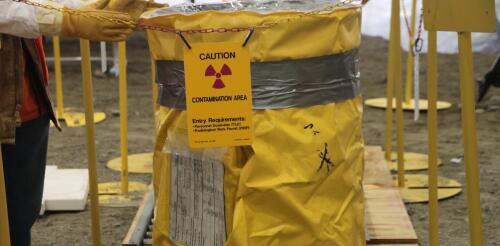National security
The historic Paris climate agreement started a mantra from developing countries: “1.5 to stay alive.” It refers to the international aim to keep global warming under 1.5 degrees Celsius (2.8 Fahrenheit) compared with preindustrial times. But the world will likely pass that threshold within a decade, and global warming is showing little sign of slowing. The world is already facing natural disasters of epic proportions as temperatures rise. Heat records are routinely broken. Wildfire seasons are more extreme. Hurricane strength is increasing. Sea level rise is slowly submerging small island nations and coastal areas. The only known method able to quickly arrest this temperature rise is climate engineering. (It’s sometimes called geoengineering, sunlight reduction methods or solar climate intervention.) This is a set of proposed actions to deliberately alter the climate. These actions include mimicking the cooling effects of large volcanic eruptions by putting la...
Christopher Nolan’s film “Oppenheimer” has focused new attention on the legacies of the Manhattan Project – the World War II program to develop nuclear weapons. As the anniversaries of the bombings of Hiroshima and Nagasaki on Aug. 6 and Aug. 9, 1945, approach, it’s a timely moment to look further at dilemmas wrought by the creation of the atomic bomb. The Manhattan Project spawned a trinity of interconnected legacies. It initiated a global arms race that threatens the survival of humanity and the planet as we know it. It also led to widespread public health and environmental damage from nuclear weapons production and testing. And it generated a culture of governmental secrecy with troubling political consequences. As a researcher examining communication in science, technology, energy and environmental contexts, I’ve studied these legacies of nuclear weapons production. From 2000 to 2005, I also served on a citizen advisory board that provides...

